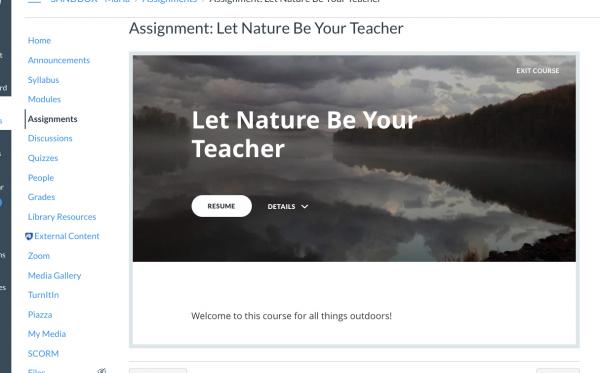Using Rise 360 with Canvas



When you copy an entire Canvas Course from one semester to another, course announcements also come over. It can be tricky to understand how these copied over announcements behave in your new course.
I’ve compiled a list of notes and suggestions to help understand how Announcements work:
Anytime a new technology is adopted they the whole University, it takes a while for the tool to get spun up and used as it was intended. Kaltura is not different. ITLD is working hard to pull together complete training resources and Training Paths which will be distributed as soon as they are completed. We will be sure to inform everyone when that happens. Until that time, this blog post is available to give you just enough information to get started using Kaltura. It is lot complete guide, but is a resource to help you start to use Kaltura.